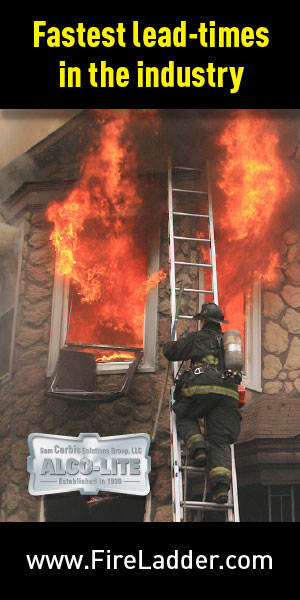Firefighting technology is constantly advancing. This case study illustrates the latest technology in mobile firefighting equipment developed by FireDos for class B high hazard fire scenario applications, including tank storage facilities, refineries and other oil and petrochemical related industrial fires.
Major tank storage fires, although statistically not a major hazard to life, present a major hazard to the environment, the loss of physical assets and a firm’s reputational assets. Lightning strikes cause the majority of tank storage fires. However, in recent years we have seen many other causes, such as Hot work (Bua Cement, Nigeria in March 2022) and missile attacks (ADNOC, Musaffah, Abu Dhabi in January 2022, and ARAMCO terminals at Ras Tanura in 2021 and, most recently, at Jeddah in March 2022).
Whatever the cause, a hybrid response is required with a mobile backup system because the stationary system is damaged. This relies on the efforts of an onsite firefighting team or, in larger areas with multiple companies a shared, mutual or unified firefighting team, such as the Gezamenlijke Brandweer (GB) in Rotterdam.
Firefighting technology is constantly improving, becoming more efficient, versatile and safer to fight fires, ensuring the hazard to life and lost assets are minimised.
The following is a case study of one such firefighting method, ideal for use as a rapid response and versatile solution that overcomes some of the challenges firefighting equipment faces, such as different foam concentrate characteristics and minimising the task burden on firefighters during the stress of a fire event.

Images supplied by Author / Contributor
Foam concentrate challenges
Most readers of this magazine know a little about the legislative changes to firefighting foam, but in summary: The firefighting industry is moving from firefighting foam consisting of fluorine-containing compounds (PFCs), better known as Per-and polyfluoroalkyl substances fluorinated compounds, or PFAS, to more environmentally friendly alternatives, commonly known as fluorine-free foam concentrate (NFPA uses Synthetic Fluorine Free Foam or SFFF).
The PFAS compound group provides water resistance and heat or flame resistance, enabling firefighting foam to create a film between the extinguishing foam and the burning fluid, effectively smothering the fuel with a rapidly spreading blanket. However, the major disadvantage of PFAS is their non-biodegradability; they do not degrade over time, accumulate in natural water tables and hence the food chain and have shown some considerable toxic effects on both animals and people.
The advantages of using firefighting foam, especially for more extreme uses, such as oil storage tank fires, mean many foam manufacturers have developed alternatives to using PFAS. Organisations, such as LastFire, created as a consortium of oil-industry end users to review risks associated with large diameter oil storage, with their testing, have shown the viability of PFAS-free alternatives. Unfortunately, there is no practical alternative to firefighting foam to fight major class B fires, such as oil storage tanks.
Foam manufacturers develop foam concentrate to optimise the foam solution’s ability to flow across the oil surface and effectively extinguish a fire. Typically, this is mixed or proportioned at a ratio of 3% foam to 97% water (including other proportioning rates). It becomes too heavy if the mix is too rich and cannot flow. If it’s too thin, it cannot form a good blanket.
Regardless of the foam type, both fluorine-free and some existing PFAS containing foams (i.e. Alcohol Resistant Aqueous Film Forming Foam or AR-AFFF) can present problems for equipment manufacturers as they exhibit signs of high viscosity, causing problems for foam proportioning equipment. Additionally, these foam concentrates exhibit signs of pseudo-plasticity, i.e. unlike Newtonian fluids, they are shear-thinning as their viscosity changes at different shear rates.
Another negative characteristic due to the increased viscosity is air entrapment. As system pressure is applied, air is compressed. As the pressure is released when the foam solution escapes the discharge device (foam pourer, nozzle, monitor), the air expands accordingly as a finished foam. This can dramatically affect the proportioning rate to the extent that it is too thin and ineffective.
Both of the above characteristics affect the ability to proportion the foam solution. But, most importantly, these characteristics make it challenging to fight a fire effectively.


